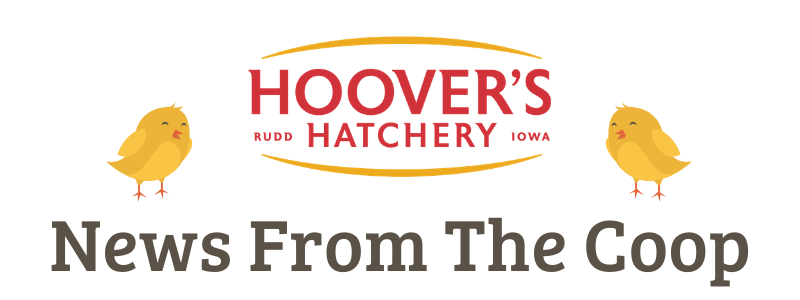It’s exciting any time that you get new babies, especially ones as cute as baby turkeys. Baby turkeys, or poults, are a little bit different than baby chicks. Baby chicks tend to be more forgiving when it comes to health. Poults can get sick easier, so it’s important that you’re on top of your game when your poults come in the mail. Keeping your poults healthy through the first week is key to ensuring that your poults are off to a good start.
Days 1-3
When you order your poults, you will get a tracking number that will tell you when your poults will arrive. Have the brooder warm and set up for them 24 hours before your poults arrive. This will give you time to ensure that your heating system works properly and is providing adequate warmth. Have feed and water ready to go also.
When your poults arrive, bring them directly home. They’ve been riding in a shipping container and will want to get out, stretch their legs, eat and drink. The first few days are the most critical; you’ll need to check them frequently, roughly every three hours or so.
Place poults into the brooder one at a time. Take the time to dip their beaks into the waterer to teach them how to drink and where the water is. It’s a good idea to do this slowly as dehydration is the #1 killer of turkey poults less than three days old. Ensure that each poult gets a good drink before placing the next poult into the brooder. Poults that are dehydrated will appear sluggish and will not move away from your hand when you reach into the brooder. If you notice a poult like this, dip its beak into the waterer and make sure that it gets a good drink.
You’ll notice that during the first few days your poults will sleep a lot. When they are awake, they will be quite active. When you check your poults, make sure that they don’t appear dehydrated and move away from your hand as you reach into the brooder. Also, check for poults that are wet. Poults can get chilled easily and wet birds should be dried. Remove wet bedding that can cause wet birds also.
Days 4-7
Once your poults are four days old, it’s safe to start checking on them less often as long as they are all healthy. Start checking on them every 4-5 hours instead of 3 hours. Continue checking for signs of dehydration. Any poults that appear weak are likely dehydrated and need help drinking. Remove any wet bedding. Poults are more susceptible to disease than chicks. Wet bedding in the warm brooder is the perfect environment for bacteria, which you really want to avoid.
Poults are slow learners and may benefit from having baby chicks in the brooder with them. Make sure that the chicks are healthy and disease-free before you put them in with the poults. The chicks will help to teach the poults where their food and water is. If you don’t want to add chicks to your brooder, you can use marbles or shiny objects to draw the poults’ attention. It also helps to put feed and water in shallow dishes during the first week so that poults can see in them easily.
Poults are notorious for wanting to pile upon each other. This can lead to crushing and should be avoided. Try to round out the corners of your brooder to prevent areas where poults can become trapped. A round sided brooder is ideal, but you can improvise by putting some cardboard in any corners of the brooder. You can also encourage roosting near the end of the first week. This will help to prevent pileups. Do this by placing a low roost, about six inches from the floor of the brooder. Provide about 4’’ of space for each poult. As they grow, you can raise the perch and provide each poult more roosting space.
The first week of life is usually when the most problems will occur with poults. It’s critical that you keep an eye on them and make sure that they aren’t showing signs of illness, dehydration and getting chilled. Adjust things in the brooder as you need to in order to make sure all of the poults are warm, hydrated, full and happy.





